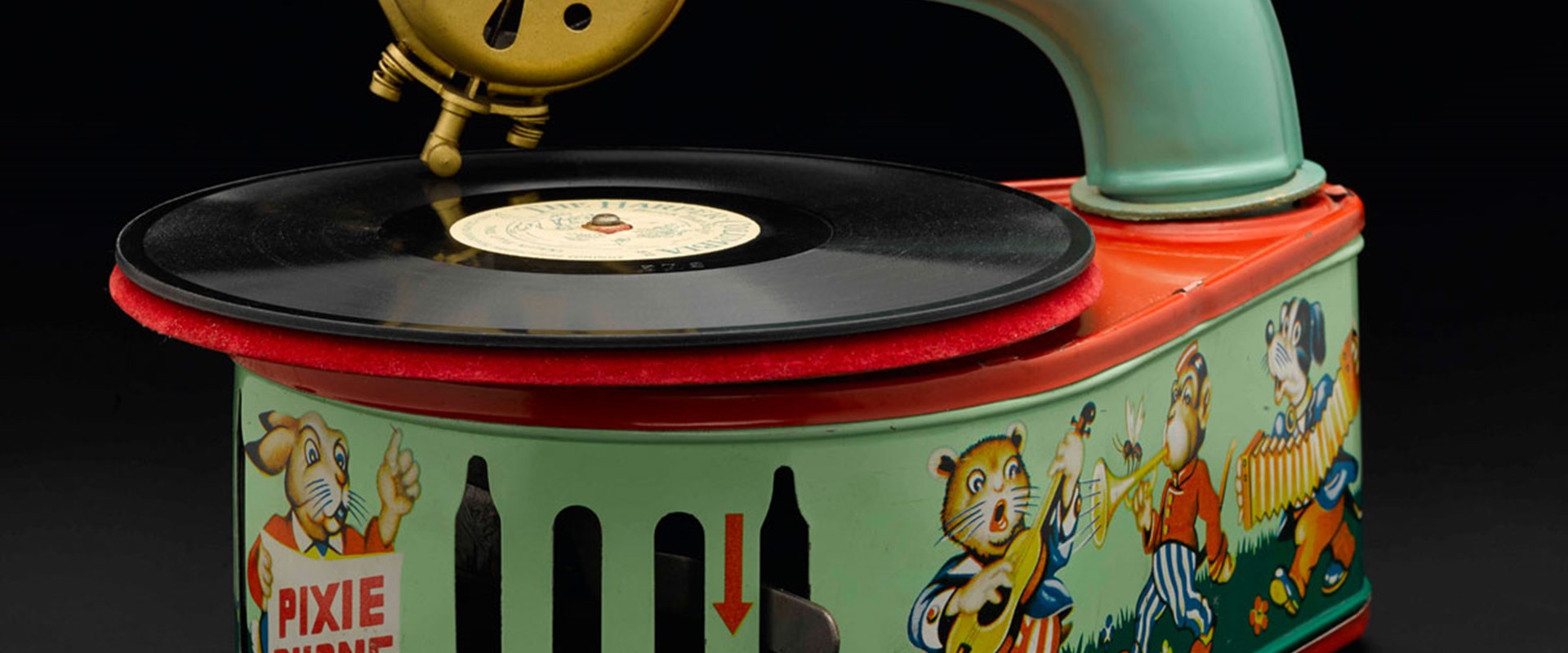Friday 25 September 2015 to 10 January 2016
National Museum of Scotland, Chambers Street, Edinburgh
ADMISSION FREE
A talking doll from the 1890s from Thomas Edison, a toy nuclear power station from the 1960s and the 1990s Barbie-cam all feature in a new display, Child’s Play, opening at the National Museum of Scotland in Edinburgh this Friday, 25 September.
Toys reflect the society and technologies of the era in which they are developed. Child’s Play explores some of these developments over the last 150 years, from early toys which were handmade from natural materials through to new materials and production methods which have helped make toys safer, cheaper to produce and more hygienic.
The American inventor Thomas Edison, pioneer of the phonograph, lent his name to the Edison Phonograph Toy Manufacturing Company. In 1890 they produced the Edison Talking Doll, although the recordings were poor - Edison commented “the voices of the little monsters were exceedingly unpleasant to hear." By the late 20th century, ‘talking’ toys were commonplace, and could be put to a range of uses, as a Texas Instruments Speak and Spell electronic spelling toy (1978) shows.
Models and working replicas showed children how things work, like the 1990 Airfix beam engine and the German-made, steam-operated Wilesco atomic power station from the 1960s. The 1998 ‘Barbie-Cam’ actually did take pictures and used advanced digital imaging techniques to do so, which represented an early commercial application of camera-on-a chip technology now found in every mobile phone.
Examples of toys which encourage design and building in play feature, including Lego, Meccano, Spirograph and Etch-a-sketch. Other sections look at transportation, including bicycles like the BMX, Raleigh Chopper and the 1950s ‘Mobo’ bike and also toy and model vehicles ranging from an Airfix plane to a Sea Wolf atomic submarine (1963).
Maureen Barrie, Exhibitions Officer at National Museums Scotland, said:
“Children learn about their environment through play and interaction, and toys are one of the major ‘tools’ they use to help them learn. As the collections here at the National Museum of Scotland show, developments in science and technology over the last 200 years have dramatically altered the world we live in. The display highlights the sometimes surprising ways in which toys have been used by developers to explore uses of cutting edge technologies.”
Notes to Editors
- National Museums Scotland is one of the leading museum groups in the UK and Europe and it looks after collections of national and international importance. The organisation provides loans, partnerships, research and training in Scotland and internationally. Our individual museums are the National Museum of Scotland, the National Museum of Flight, the National Museum of Rural Life and the National War Museum. The National Museums Collection Centre in Edinburgh houses conservation and research facilities as well as collections not currently on display.
- The National Museum of Scotland reopened in summer 2011 following a three-year, £50m redevelopment. With over 7 million visitors since reopening, the National Museum of Scotland is the most popular museum in the country outside of London (source: Association of Leading Visitor Attractions). It was also voted the number one museum in the UK in TripAdvisor’s inaugural Travellers’ Choice Awards.

